"On the southern outskirts of the city lies a centuries-old village called Xiaozhou, near University Town. It has become the new cultural center of Guangzhou. Xiaozhou Village features classical Cantonese community landscapesby water, including canals, well-kept ancient buildings, bridges and local folkways.
More and more artists, writers, photographers and college students live, work and visit the scenic Xiaozhou Village. The blending of artistic creativity with the local customs and countryside architecture has sparked an interesting community in this historic enclave, creating a wonderfully romantic place to idle away a day." Source

The local museum

An artist's studio

The village temple
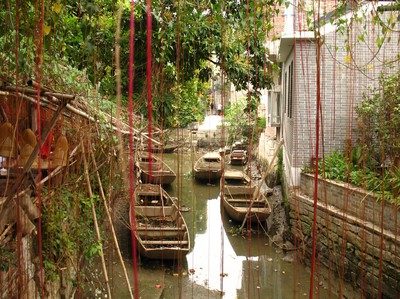
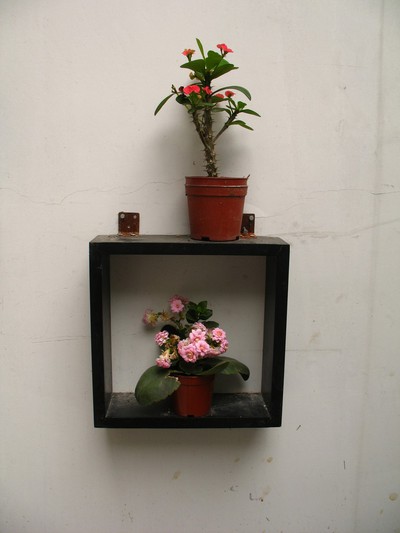
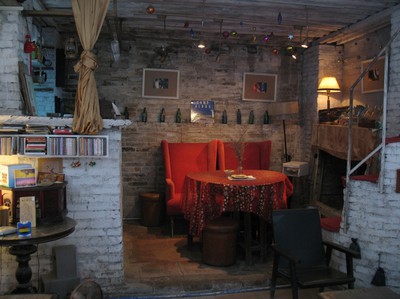
One of the many small and cosy cafés around.


The one and only, Chairman Mao.
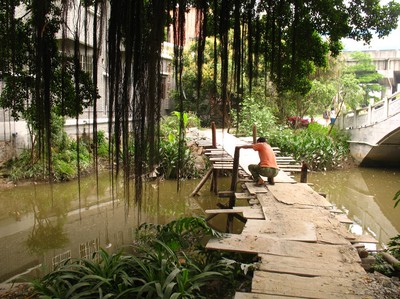
Temporary bridge is being repaired.

Unexpected find of Swedish souvenirs.
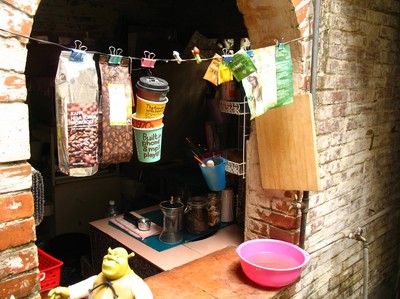

An old classroom? Now part of a café.

What we all need to do more.

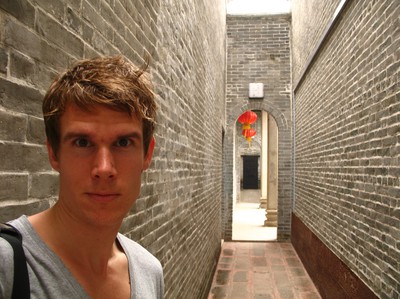

Cosy backgarden

Watergate.
The following photos are from Redtory, which is a "creative area promoting contemporary art" that is is located in some old factories. It's still being built but already it's become a very hip and cool area to hang out at.
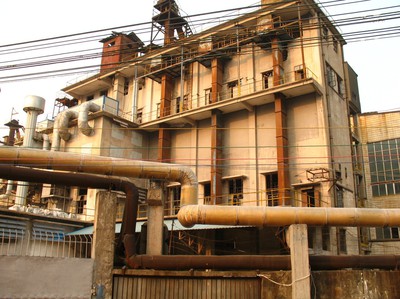
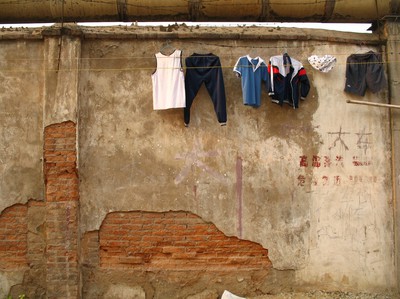



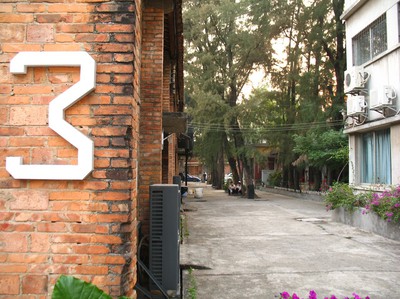


Saturday night was spent in one of the fashionable restaurants in Redtory, celebrating Michaela's birthday, the art teacher at school. The food was ok, especially considering the price but what was really gained praise was the Long Island Ice teas.


1